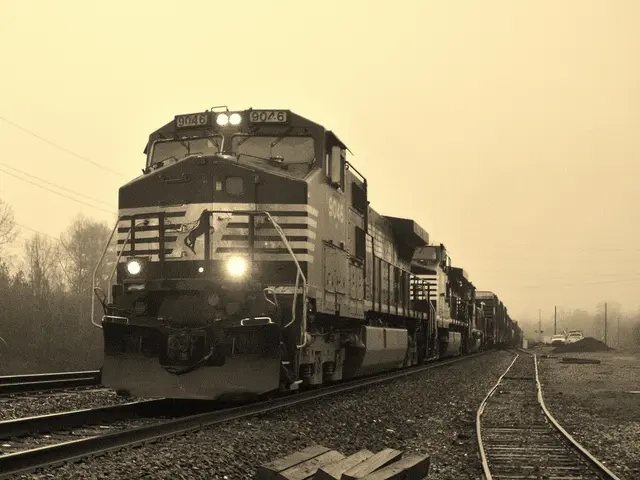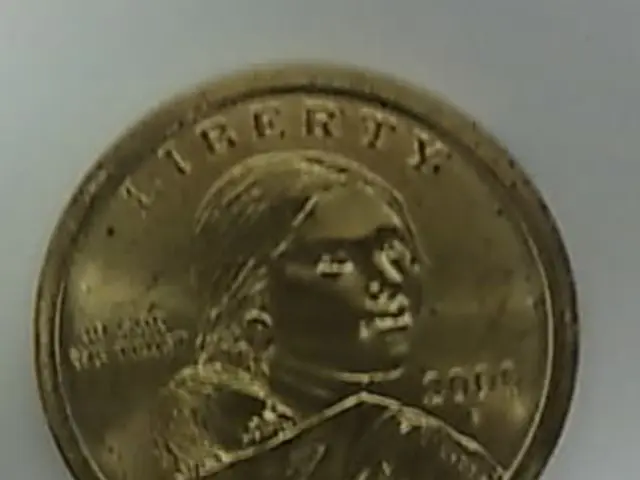Lessons from Warren Buffett's supposedly ill-advised stock purchase for enhanced investment strategies
In the world of finance, few names resonate as deeply as Warren Buffett. Known for his shrewd investments and astute business acumen, Buffett's journey is marked by both triumphs and missteps. One such misstep, a $200 billion blunder, unfolded in 1962 when he invested in Berkshire Hathaway, a struggling textile company.
At the time, Buffett was a devoted follower of Ben Graham and David Dodd, the founding fathers of value investing. He saw Berkshire Hathaway as a value investing opportunity, with its share price at a discount to the value of its assets. However, the company was in decline, and Buffett's emotions got the better of him.
Contrary to the Washington Post, a profitable and financially stable company, Berkshire Hathaway was a 'value trap'. While it had better than average value ratios, its quality metrics were weaker. The Washington Post, on the other hand, was a 'contrarian play', a company that was cheap, profitable, cash generative, and financially stable.
In the years preceding his investment, the Washington Post consistently delivered higher margins and returns compared to Berkshire Hathaway. The Post was exposed to two factors: Value and Quality, while Berkshire Hathaway was only exposed to Value.
Buffett's initial plan was to buy shares on the cheap and have Berkshire buy them back at a premium. However, his plan unraveled when he became Berkshire's largest shareholder and would have been buying the shares from himself. This led to a Pyrrhic victory, as Buffett fired the managing president but ended up owning the company.
Buffett compared his investment in Berkshire Hathaway to smoking a soggy cigar butt. In 1965, he angrily took control of the company, marking the beginning of Berkshire Hathaway's transformation from a textile company into the conglomerate it is today.
Fast forward to the present, and Berkshire Hathaway now trades around $750,000 per share. While Buffett's initial investment in the company proved to be a costly mistake, it ultimately led to the creation of one of the most successful companies in the world.
In retrospect, Buffett regarded Berkshire Hathaway as a $200 billion blunder. Yet, it serves as a reminder that even the most astute investors can make mistakes. The lesson? Always consider both the value and the quality of a company before investing.
Read also:
- Deepwater Horizon Oil Spill: BP Faces Record-Breaking Settlement - Dubbed 'Largest Environmental Fine Ever Imposed'
- Cars' Environmental Impact Explained
- Lawsuit of Phenomenal Magnitude: FIFA under threat due to Diarra's verdict, accused of player injustice
- Union IG Metall advocates for a swifter expansion of electrical mobility in the Eastern region.




